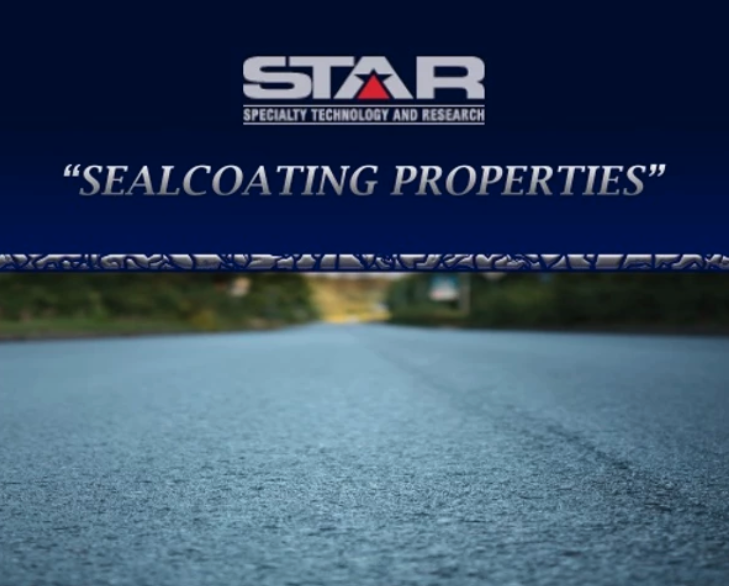This letter was written in response to a letter written by a property management engineer advising against sealcoating parking lots. He writes, “I’d like to ask you to reconsider this since my experience says that you don’t seal pavements as it leads to earlier deterioration of the bituminous surfaces. ….. Sealing the surface will help for a while to not let the moisture penetrate the surface but it also keeps the pavement from “breathing”. This is necessary to allow the moisture trapped in the subgrade to release into evaporation. Sealing the pavement traps this moisture and starts a process having a continuously wet subgrade, weakening the subgrade and then you start to see alligator cracking”.
The statements made by the author are false and indicative of his lack of understanding of coatings chemistry, as well as the causes of the asphalt pavement breakdown. The facts are;
1. Sealcoatings are not impervious to water vapor. As a matter of fact most water-based coatings, including sealcoatings, have sufficient degree of water vapor transmission capacity (breathability) due to the presence of micro voids in the cured film. Such micro voids (which can not be seen by the naked eye) are formed during the curing process of the coating when the binder particles coalesce to form a film. Sealcoatings have a certain degree of porosity in their fully cured films, which allow them to release the moisture from underneath. The same is true for house paints and other industrial coatings. American Society For Testing & Materials (ASTM D-1653-93) has a standard test method for the determination of “Water Vapor Transmission of Organic Coating Films”
2. The permeation of water through the base and sub-base courses of a pavement is a pavement design defect caused by poor drainage. It is acknowledged by the Asphalt Institute that water is the most damaging element and if not kept out of the pavement through proper drainage design, it may strip asphalt from the aggregate. Sealcoatings are a surface coating and will not compensate for pavement defects. Sealcoatings form a barrier coat on the asphalt pavement and protect the asphalt binder from damages of weather, salts, petrochemicals, water, etc.
3. Alligator or map cracking indicates serious pavement deterioration, which is caused by improper base and sub-base design, as determined by the U.S. Army Corps of Engineers (CRREL REPORT 92-18). In the same report they recommend sealing the entire surface as one of the remedial steps for the preservation of the asphalt pavement.
CONCLUSION
Improperly designed asphalt pavements will continue to have problems. Sealcoatings are recommended only for sound pavements and they will not compensate for pavement defects. As a matter of fact, they retard the deterioration process of asphalt surfaces. Millions of gallons of sealcoatings have been used over the last 60 plus years for all types of projects (i.e. airports, commercial parking lots, restaurants, gas stations, schools, etc.). Sealcoatings are specified by governmental, ASTM and FAA specifications, which lend ample support to the suitability of sealcoatings as protective coatings for asphalt pavements.
Sincerely,
Girish C. Dubey
President,
STAR, INC.

